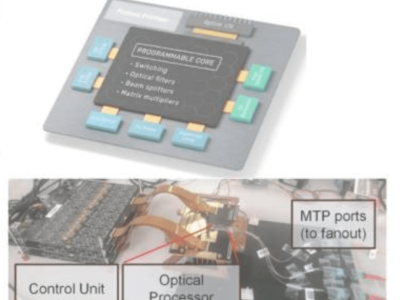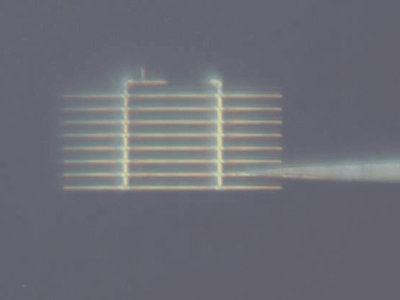
NXP launches compact high-precision MEMS frequency synthesizer
Using MEMS technology replaces a quartz crystal with a bare silicon die that is more than 20 times smaller than the smallest crystal available today and does not require any dedicated, quartz-like, ceramic or metal-can hermetic package. Instead, it can be merged with other ICs into a standardized, low-cost plastic package.
NXP’s proprietary resonator technology for MEMS-based timing devices features higher frequency stability, lower timing jitter and lower temperature drift compared to other CMOS oscillators. The first prototype currently released for production enables a highly stable clock reference that is ideal for communications equipment using Gigabit Ethernet, USB, PCI-Express and S-ATA, plus CPU timing, memory and control in consumer electronics devices.
The resonator exhibits very low motion damping and hence a very high quality factor (Q-factor), allowing for high frequency stability and low close-to-carrier noise levels of the oscillator. Low damping is achieved using a mono-crystalline silicon resonator that is placed under reduced atmospheric pressure in a low-cost, on-wafer processed hermetic cavity. The resonator shows no significant ageing, even after accelerated lifetimes such as HTOL, HAST and TMCL.
The resonator uses a unique piezo-resistive concept combining strong electro-mechanical coupling with a high resonance frequency. The high oscillation frequency that is made possible with this concept enables very low timing jitter. By using the piezo-resistive concept, the resonator overcomes the classical issue of weak electro-mechanical coupling at high resonance frequency, which is encountered in conventional silicon MEMS resonators.
www.nxp.com.
It also exhibits 10 times less temperature drift compared to conventional silicon resonators, and is comparable to quartz-crystal tuning forks. The reduction in temperature drift is realized passively, and therefore does not require any additional power that is often needed in conventional temperature drift correction schemes. As a result, the oscillator is able to ealize very high frequency stability of only a few parts-per-million (ppm).
 If you enjoyed this article, you will like the following ones: don't miss them by subscribing to :
eeNews on Google News
If you enjoyed this article, you will like the following ones: don't miss them by subscribing to :
eeNews on Google News




